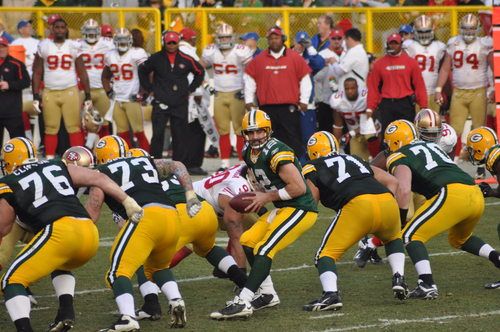Why didn’t anyone see the financial crisis coming? It’s the one question that everyone has been asking for more than two years and yet no one seems to have an answer to.
If you read Michael Lewis’ book The Big Short, which you really should, the answer becomes a little clearer, and you see that some people did indeed foresee the collapse — and greatly profited off of it. But by and large, it was unpredicted so we are still asking why.
University of Chicago finance professor Raghu Rajan offers some articular, insightful thoughts on the matter regarding why economists in particular couldn’t see the financial crisis coming.
I would argue that three factors largely explain our collective failure: specialization, the difficulty of forecasting, and the disengagement of much of the profession from the real world.
Like medicine, economics has become highly compartmentalized – macroeconomists typically do not pay attention to what financial economists or real-estate economists study, and vice versa. Yet, in order to see the crisis coming, you had to know something about each of these areas, just like it takes a good general practitioner to recognize an exotic disease. Because the profession rewards only careful, well-supported, but necessarily narrow analysis, few economists try to span sub-fields.
buy xenical online www.methanol.org/wp-content/uploads/2022/08/png/xenical.html no prescription pharmacyEven if they did, they would shy away from forecasting. The main advantage that academic economists’ have over professional forecasters may be their greater awareness of established relationships between factors. What is hardest to forecast, though, are turning points – when the old relationships break down. While there may be some factors that signal turning points – a run-up in short-term leverage and asset prices, for example, often presages a bust – they are not infallible predictors of trouble to come.
The meager professional rewards for breadth, coupled with the inaccuracy and reputational risk associated with forecasting, leads to disengagement for most academics. And it may well be that academic economists have little to say about short-term economic movements, so that forecasting, with all its errors, is best left to professional forecasters.
The danger, though, is that disengagement from short-term developments leads academic economists to ignore medium-term trends that they can address. If so, the true reason why academics missed the crisis could be far more mundane than inadequate models, ideological blindness, or corruption and thus far more worrisome; many simply were not paying attention!
buy robaxin online www.methanol.org/wp-content/uploads/2022/08/png/robaxin.html no prescription pharmacy
One of my favorite quotes comes from Alduous Huxley: “That men do not learn very much from the lessons of history is the most important of all the lessons of history.”
So given that, my cynical mind makes it hard to believe that economists will do any better the next time. And maybe that is true. Maybe no one will learn anything from the financial collapse that spurred the biggest global economic downturn since the Great Depression.
But you still have to at least try to learn from it.

